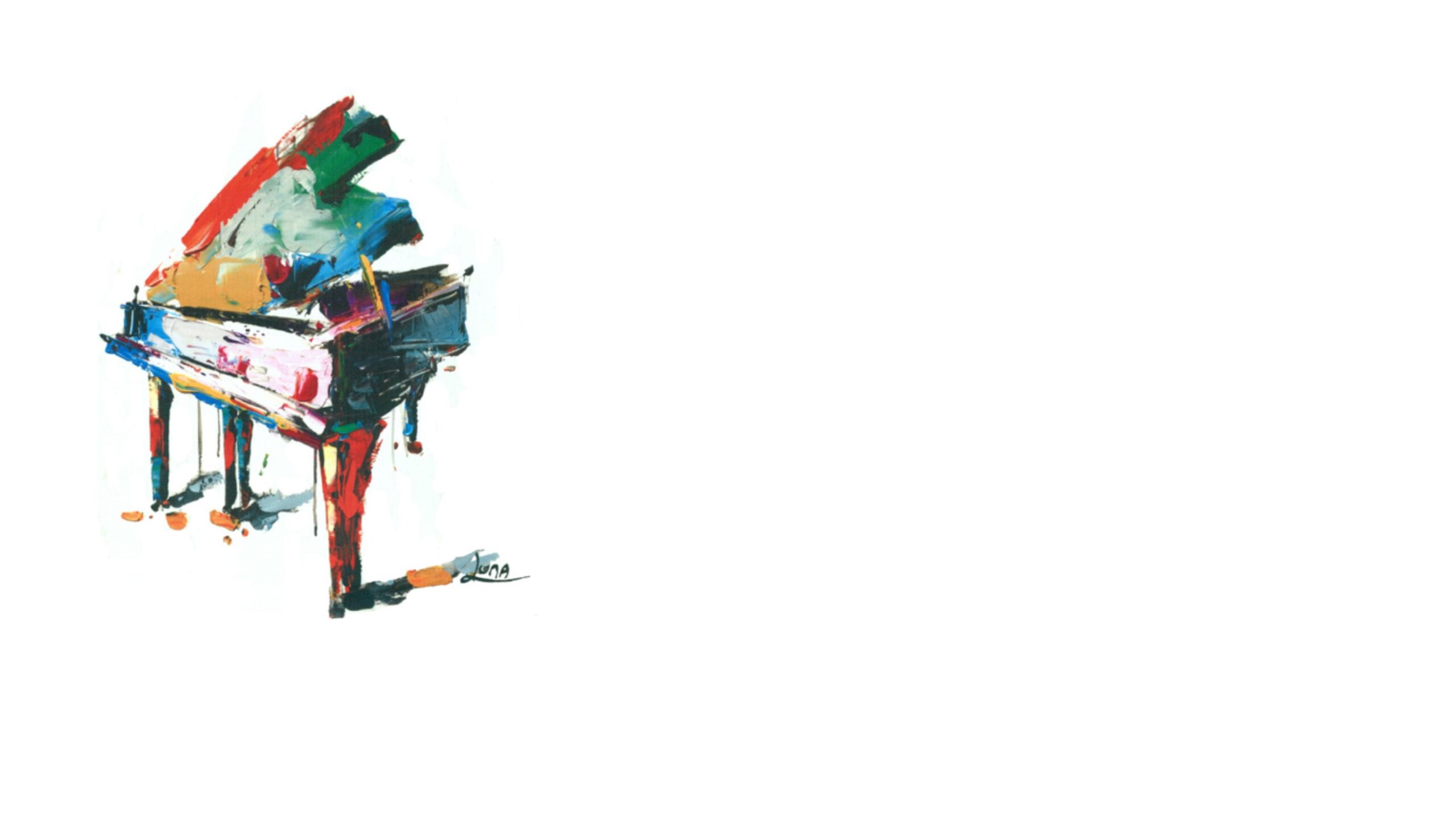7 Diatonic Triads
7 Diatonic Triads
Definition
Each scale or key has 7 different notes. The key of C major consists of C, D, E, F, G, A, and B. We can build a chord on each of these 7 tones of the C major scale. We do this by starting on the C note/key and adding every other note of the scale on top of the C note. So in the key of C major we start on C and add an E and a G and come up with a chord named C major Triad. This C major triad is called the “I “ chord in the key of C major. Then we start on a D note and add every other note of the scale on top of the D note which gives us the notes D, F and A. This is a D minor triad and is called the “ii” chord in the key of C major etc. Notice lower case roman numerals indicate a minor chord and upper case roman numerals denote a major chord.
Importance
Each of the 7 chords in any major key are always the same quality/type: the “I” chords in C major , G major , D major etc. are always major, the “ii” chords in any major scale /key are always minor, the “ iii” chords in any major scale are always minor etc.
Application
Once you know the type of chord, i.e. major, minor or diminished, built on each of the 7 notes of the major scale you are quickly on your way to analyzing songs for what is called “ Roman Numerals”. Hundreds of songs use the chord progression: ii, V , I . Satin Doll, Misty and When Sunny Gets Blue to name a few.
Hundreds of songs use the chord progression I, vi, ii, V, I , for example: Blue Moon, Try To Remember, Saving All My Love For You, Can’t Help Loving That Man, More, The Way You Look Tonight etc.
When you understand and can recall quickly the i, vi , ii and v chords in all 12 keys you will memorize music exponentially faster and perhaps most importantly you will retain your memorized repertoire for a lifetime because you have learned a concept and concepts are lifelong.
